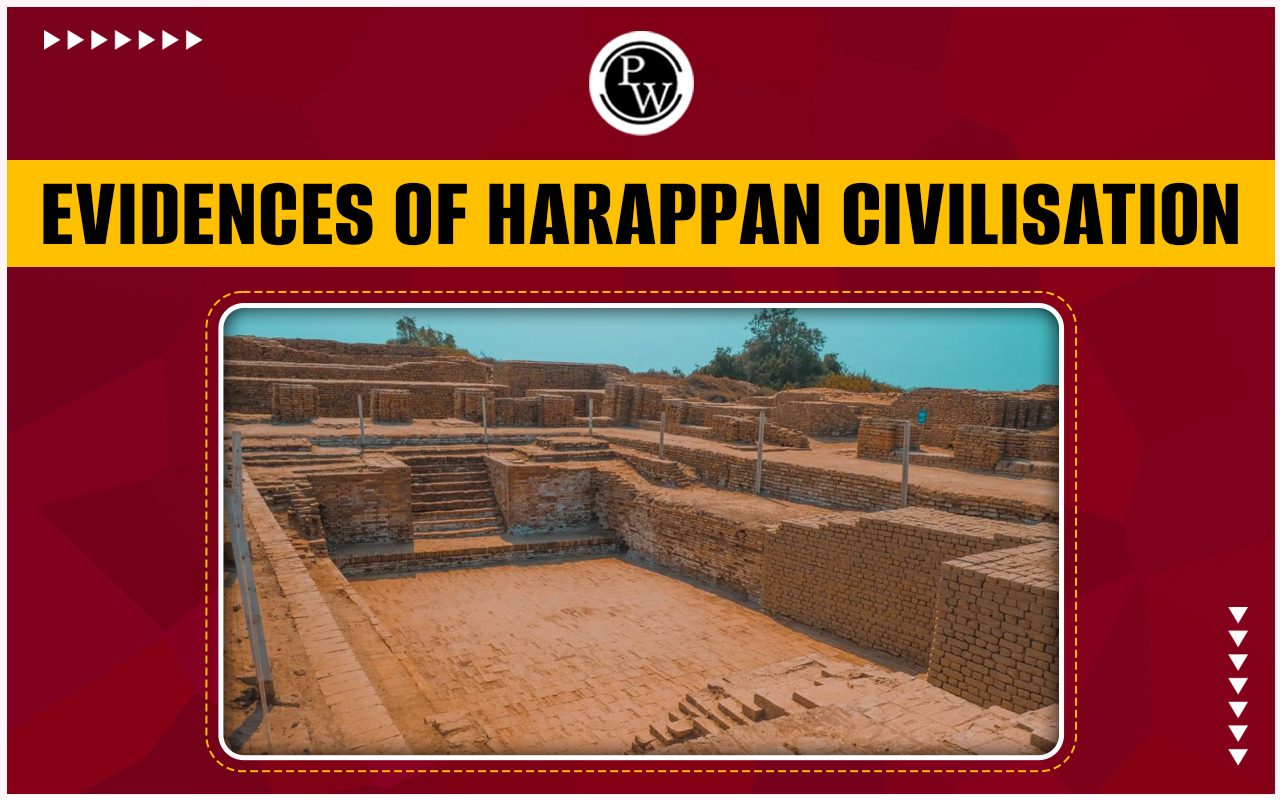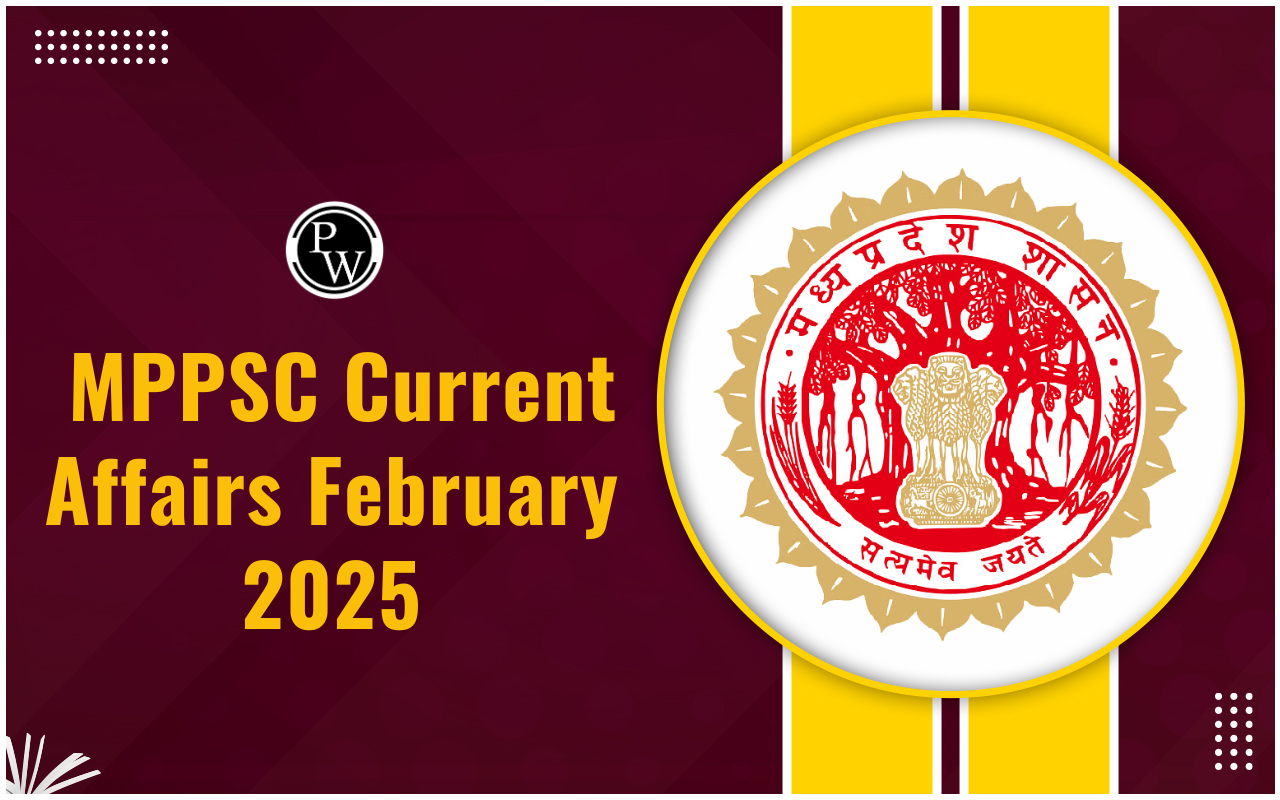

Evidences of Harappan Civilization: Harappan Civilization, is a discovery still being explored. Unraveled by Archeologists, shows how the creativity of our ancestors can be seen in the evidence like well-planned cities, amusing artifacts, and mysterious writings still being decoded. This article will mostly focus on helping you understand more clearly the Harappan Civilization.
The discovery of the Harappan Civilization began in the 1920s when archaeologists unearthed the ruins of Harappa and Mohenjo-daro. These findings provided unprecedented insights into one of the earliest cradles of civilization, contemporary with ancient Egypt and Mesopotamia.Evidence of Harappan Civilization
The Harappan Civilization flourished in the northwest region of the Indian subcontinent, encompassing modern-day Pakistan and northwest India from 2600 BC to 1900 BC. Known for its well-planned cities like Harappa and Mohenjodaro, with standardized brick architecture. The Harappans also involved in trading with bordering regions, developed mysterious writings, and made intrinsic artifacts like pots, tools, and seals. The people of this civilization cultivated wheat and barley, domesticated animals like cats, dogs, and cattle, and grew cotton. The most iconic artifacts from this era are seals depicting real and imaginary animals. Unfortunately, the end of the Indus civilization is still shrouded in mystery. Mohenjo Daro was destroyed in the mid-2nd millennium BC, but in the south, a continuity existed between the Indus civilization and the Copper Age civilizations of central and western India.Importance of Studying Harappan Civilization
There are aspects that will help us understand the lifestyle back then and link it with today’s time.- It helps us understand early urban civilizations as cities of Harappan civilization show grid patterns, advanced drainage systems, and standardized building techniques and helps understand how ancient societies addressed urban challenges and informs modern urban planning practices.
- It also provides insights into ancient trade, culture, and societal organization. Trade networks and rich material culture reveal the interconnectedness of ancient civilizations.
Cities: Bricked Remains of Harappan Civilization
The wonders of the cities of the Harappan Civilization are evident in their remains like grid-patterned streets, showcasing advanced urban planning. Sophisticated drainage systems ensured sanitation, while massive granaries hinted at a well-developed agricultural system and impressive engineering skills.Major Excavation sites
Some of the Major Excavation sites were:- Harappa
- Mohenjo-Daro
- Dholavira
- Lothal
Characteristics of Excavation Sites
There are a lot of things that can be figured out from excavation activities in cities of the Harappan Civilization: Urbanized infrastructure: these sites reveal exceptionally designed streets, and alleys, showing the urban planning done. Structural Remains: Archaeological digs reveal residential houses, public buildings, and fortifications, providing insights into architectural styles, building materials, and living conditions. Artifact Discoveries : Excavations yield pottery, tools, seals, and figurines, indicating material culture, craftsmanship, and technological advancements. Cultural Deposits : Layers of cultural deposits offer chronological insights into the Harappan civilization's development and decline.Seals and Indus Writings: Mysteries of Harappan Civilization
The Harappans left behind small, carved stones called Seals. These artworks depict a variety of animals, alongside geometric patterns and the most intriguing Indus Script. This unique writing system, with its hundreds of symbols, remains a mystery as a code waiting to be cracked. These seals offer a glimpse into the artistic expression and potentially the belief systems of the Harappan civilization. The Indus script, found on seals, tablets, and pottery fragments from the Harappan civilization, is an interesting part of ancient history. Its linguistic meaning remains unknown. Deciphering it could provide insights into Harappan society, administrative, economic, and religious aspects, and connect the civilization to modern times. There are many efforts being taken to decipher the seals and scriptures in following ways: Language puzzles: Archaeologists and linguists are working to decipher the Indus Script, analyzing the symbols, their combinations, and potential connections to known language families. Comparative analysis: Researchers are comparing the Indus Script symbols with other ancient writing systems and pictographs, searching for patterns and potential shared origins. Technical advancements: New technologies like 3D imaging and advanced computer programs are aiding researchers in analyzing the Indus Script with greater detail.Artifacts: Revealing Harappan Civilization
Exploring Harappan life, Archaeologists found lots of intriguing things like: Clay pots : They were in different shapes and sizes, some plain and others fancy with painted designs. They tell us about Harappan's skills and taste. Little clay figures : These show people, animals, and maybe even gods! They hint at how Harappans dressed, what they believed in, and maybe even what their kids played with. Tools: Stone, metal, and bone tools show that Harappans were busy farmers, craftspeople, and builders. These tools tell us what they did each day. Jewelry: Beads, bangles, and other jewelry show Harappans liked to look good. This stuff might also tell us about their social status or religion.Trade and Commerce: Connecting Harappan Civilization
The Harappans were a well-connected civilization, with artifacts found in Mesopotamia and Central Asia, These evidences suggest a well-organized trade structure, fair exchange, and material connections, indicating a civilization actively engaged in trade for resources, cultural exchange, and innovation. This demonstrates their active involvement in trade and development. The Trade networks facilitated connection in the following ways: Flow of Goods: Trade routes carried essential materials like turquoise and lapis lazuli, expanding the Harappans' resource base and fostering innovation in crafts and technologies. Cultural exchange: Harappan artifacts found in distant lands suggest an exchange – not just of material goods, but potentially of ideas, artistic styles, and even agricultural practices. Technological Highway: Trade routes became highways for the exchange of technologies. New tools, construction techniques, or even pottery styles could have traveled alongside goods, enriching the toolkits and knowledge base of both trading partners.Beyond Harappan Civilization
Big Harappan cities weren't alone, Dotted around them were smaller villages busy with farming. These villages grew food and maybe raised animals to feed the city folks. They might have even supplied stuff like wood and rocks for building. It's like a big team effort – cities couldn't thrive without these smaller settlements, and all together they formed a complex Harappan society.Understanding the Harappan Social Structure
- Smaller settlements supported larger urban centers, providing vital resources like food, raw materials, and skilled labor.
- Smaller settlements dedicated to agriculture imply specialization within Harappan society, suggesting distinct classes or groups.
- The presence of a network of settlements indicates a well-coordinated and integrated society, likely requiring communication channels, transportation systems, and central administration.
Evidence Of Harappan Civilization FAQs
Which evidences give us information about Harappan civilisation?
Well-planned cities, artworks, seals, and scripts give us evidence about the existence of the Harappan Civilization.
How do archaeologists know about the Harappan civilization?
The Excavation of Harappan Cities helped them discover evidence of the Harappan Civilization.
What language did the Harappans speak?
The Harappans spoke Proto- Dravidian language according to the archeologists.
Where did the Indus civilization begin?
The Indus Civilization began in the Indus Valley alongside the Indus River.
Which is the oldest civilization in India?
The Harappan Civilization is the oldest Civilization in India.
🔥 Trending Blogs
Talk to a counsellorHave doubts? Our support team will be happy to assist you!

Check out these Related Articles
Free Learning Resources
PW Books
Notes (Class 10-12)
PW Study Materials
Notes (Class 6-9)
Ncert Solutions
Govt Exams
Class 6th to 12th Online Courses
Govt Job Exams Courses
UPSC Coaching
Defence Exam Coaching
Gate Exam Coaching
Other Exams
Know about Physics Wallah
Physics Wallah is an Indian edtech platform that provides accessible & comprehensive learning experiences to students from Class 6th to postgraduate level. We also provide extensive NCERT solutions, sample paper, NEET, JEE Mains, BITSAT previous year papers & more such resources to students. Physics Wallah also caters to over 3.5 million registered students and over 78 lakh+ Youtube subscribers with 4.8 rating on its app.
We Stand Out because
We provide students with intensive courses with India’s qualified & experienced faculties & mentors. PW strives to make the learning experience comprehensive and accessible for students of all sections of society. We believe in empowering every single student who couldn't dream of a good career in engineering and medical field earlier.
Our Key Focus Areas
Physics Wallah's main focus is to make the learning experience as economical as possible for all students. With our affordable courses like Lakshya, Udaan and Arjuna and many others, we have been able to provide a platform for lakhs of aspirants. From providing Chemistry, Maths, Physics formula to giving e-books of eminent authors like RD Sharma, RS Aggarwal and Lakhmir Singh, PW focuses on every single student's need for preparation.
What Makes Us Different
Physics Wallah strives to develop a comprehensive pedagogical structure for students, where they get a state-of-the-art learning experience with study material and resources. Apart from catering students preparing for JEE Mains and NEET, PW also provides study material for each state board like Uttar Pradesh, Bihar, and others
Copyright © 2025 Physicswallah Limited All rights reserved.
Get App











